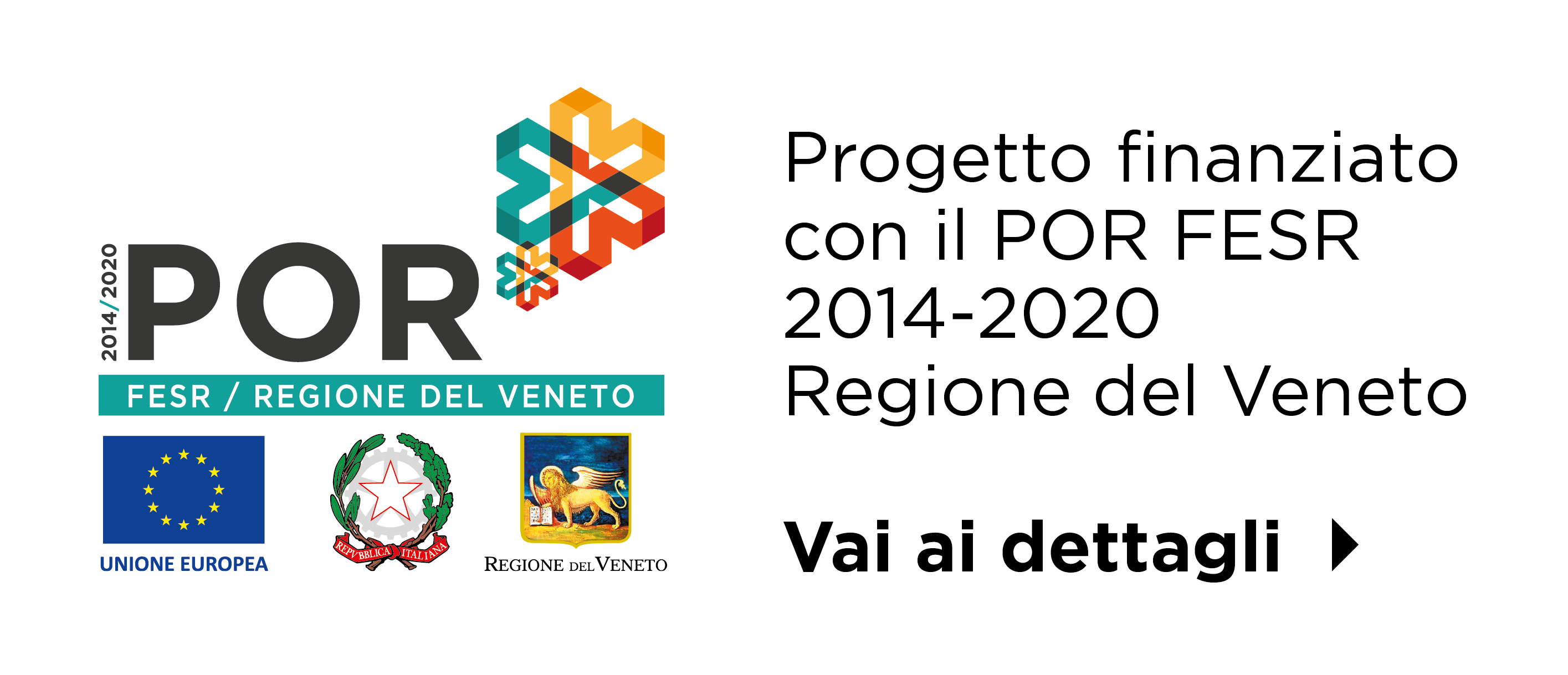Andrea Ertani, Diego Pizzeghello, Adriano Altissimo, and Serenella Nardi
J. Plant Nutr. Soil Sci. 2013, 000, 1–9
Abstract
Traditional agricultural production systems are evolving towards organic, sustainable, or environmentally friendly systems. Nonetheless, it is important to maintain crop yield and quality. For this purpose, the use of peptide-based products from animal sources in agriculture could be a way to both reduce the disposal of animal-processing residues and decrease the use of mineral fertilizers. The aim of our work was to obtain new insights into the biological effects of meat hydrolyzate (MH) derived from the hydrolysis of tanning residues. Maize (Zea mays L.) was grown hydroponically in a climatic chamber and 12-d-old plants were treated for 48 h with different concentrations of the MH: 0 (control), 0.01 or 0.1 mL L–1. Both treatments enhanced plant growth and microelement concentrations in maize seedlings and decreased NO3 , PO4 , and SO4 concentrations compared to the control. The faster metabolic conversion of these ions was due to enzyme activities of nitrogen (nitrate reductase, nitrite reductase, glutamine synthetase, glutamate synthase, and aspartate aminotransferase) and carbon metabolism (malate dehydrogenase, isocitrate dehydrogenase, and citrate synthase). The gene transcription for these enzymes was in line with their activities. The effects of MH could partly be ascribed to endogenous indole-3-acetic acid and partly to amino acids and small peptides detected in the tested compound. This study shows that tanning-process residues can be recycled and used in agriculture.
FOR MORE INFORMATION ON THIS TOPIC CONTACT THE AUTHOR OF THE PUBLICATION:
Adriano Altissimo


